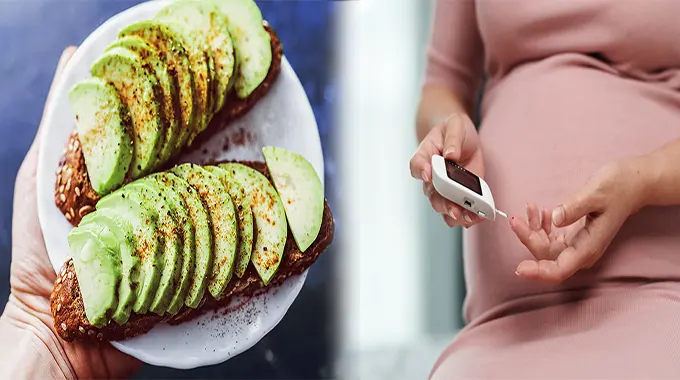How to choose a name for business setup in Dubai?
Key Takeaways:
- The chosen business name must be unique and not already registered by another company in the UAE.
- There is a strict list of restricted words and phrases that cannot be used in a business name, including religious, political, or offensive terms.
- The name should ideally reflect your business activity and be consistent with the legal form of your company (e.g., include “LLC” where applicable).
- Personal names can be used, but usually require the full name of a shareholder/owner and cannot be just a family name.
- Names must be submitted in both English and Arabic (or transliterated), and cannot be literally translated if it alters the meaning.
Choosing a business name is a pivotal step in any Business setup in Dubai. It’s not merely about branding; it’s a legal requirement with specific rules and regulations that must be adhered to. A well-chosen name can significantly impact your brand …



















